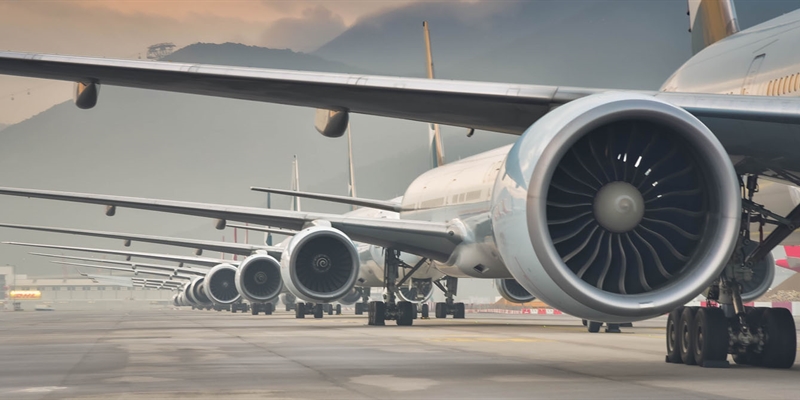-
NASA
-
Boeing
-
Lockheed Martin
-
Bombardier
-
Embraer
-
Orbital ATK
-
Honeywell
-
Spirit
-
Northrup Grumman

Contact us today to learn more about humidity for the Aerospace industry...
Why Humidify...For the Aerospace Industry
The manufacturing process for the aerospace industry relies heavily on a regulated humidity level of between 40% - 60%. Insufficient and excessive humidity can cause damage and defects to electronic components, and can provide an insufficient curing environment for composites, sealants, coatings and welding.
Overview
The manufacturing process for the aerospace industry relies heavily on a regulated humidity level of between 40% - 60%. Insufficient and excessive humidity can cause damage and defects to electronic components, and can provide an insufficient curing environment for composites, sealants, coatings and welding.
Humidity levels outside of 40% - 60% RH can also pose safety concerns in your facility and in the field due to electrostatic discharge. Ensuring proper humidification in your aerospace manufacturing facility will improve production output, product quality and increase aircraft flying time.
Humidity Control Ensures Safety for your Aircraft While in Flight
Maintaining humidity levels of between 40% - 60% in your aerospace manufacturing facility will ensure you are manufacturing a product that meets safety standards. Failure to meet this humidity criteria can cause equipment to be susceptible to electrostatic discharge which can cause electronic components to fail in the field. Safety of an aircraft can also be compromised when parts of the aircraft are manufactured in an environment with insufficient humidity causing the parts to warp, be brittle, and have compromised finishes. When aerospace parts are compromised these parts may not withstand the intense environment that aerospace vehicles can encounter in the field which can then result in malfunction causing safety concerns for those in flight.
Manufactured in an environment with insufficient humidity causing the parts to warp, be brittle, and have compromised finishes. When aerospace parts are compromised these parts may not withstand the intense environment that aerospace vehicles can encounter in the field which can then result in malfunction causing safety concerns for those in flight.
Humidity Control for Manufacturing of Avionics and Electrical Components
Maintaining correct humidity levels of between 40% - 60% RH will reduce electrostatic discharge (ESD) which can cause expensive electronic failure to avionics and can pose safety concerns for facility operations. Proper humidity levels also contribute to the effectiveness of wave soldering and surface-mount technology (SMT) processes.
Without sufficient humidity, solder paste can dry out and components within electronics can become brittle, causing broken components or damage that could lead to malfunction or failure to perform in the field. Ensuring consistent humidity decreases electronics failure, improves flight system safety, and ensures schedules are adhered to and deliveries are met.
Humidity Control for Manufacturing of Avionics and Electrical Components
When painting aircrafts, the process requires reduced static and tight environmental conditions to create an even coat. Maintaining humidification between 40% - 60% is ideal for paint adherence.
As well, without proper humidity, paint can evaporate in the air, can dry prematurely or unevenly and can cause color discrepancies. All of these issues can lead to increased labor and material costs and can cause delays to the delivery of the final product
Benefits of humidification for the aerospace industry include:
- Increase production output and productivity.
- Lower rework rate resulting in less waste.
- Boost ROI of facility production and operations.
- Maintain and improve product quality.
- Improve on-time deliveries.
- Increase safety and aircraft flying time.
- Improve indoor air quality.


Other industries where Condair delivers vital humidity control include...

Why Humidify... For Schools
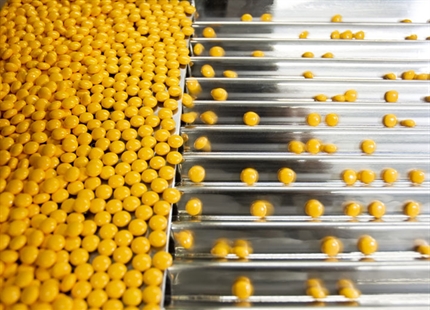
Why Humidify... For Pharmaceutical Manufacturing
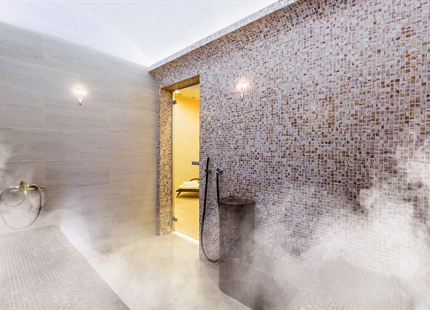
Spa & Wellness

Dehumidifiers for military storage
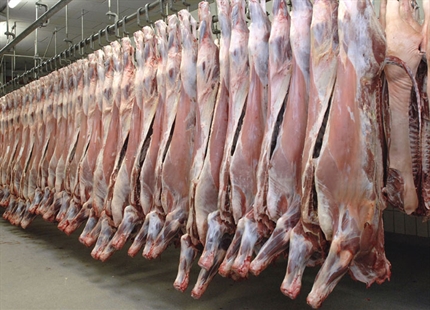
Why Humidify... For Abattoir

Archives & storage

Why Humidify... For Retirement & Nursing Homes
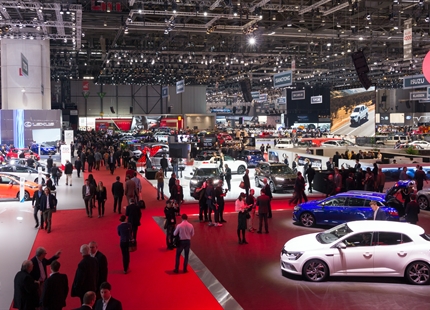
Why Humidify... For Convention Centers


